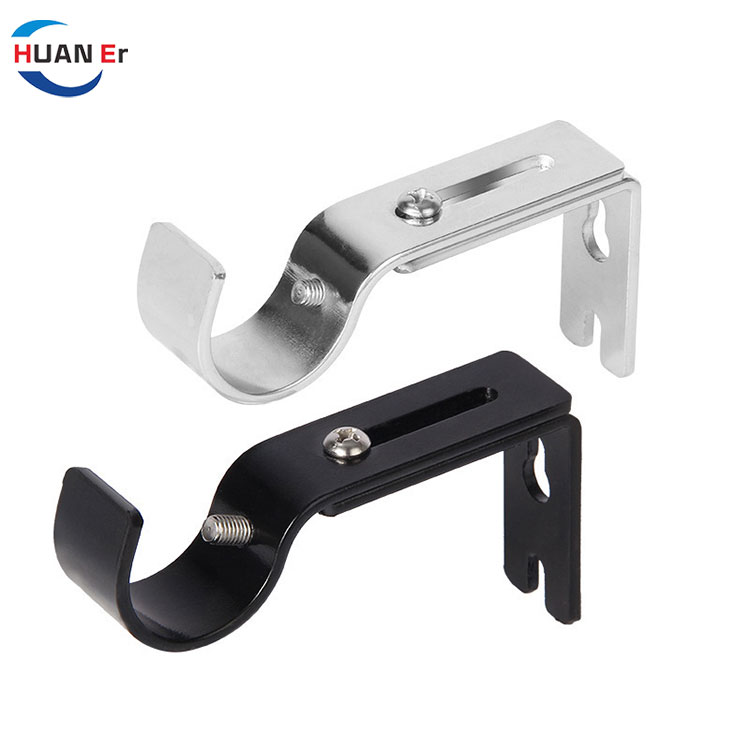Manufacturing Processes for Sheet Metal Brackets
2024-06-04
Sheet metal brackets are essential components used across various industries to provide structural support, mount components, and facilitate the assembly of systems. These brackets are typically made from sheet metal, which is shaped and formed into the desired configuration. Here’s a detailed overview of sheet metal brackets, including their features, types, applications, manufacturing processes, material considerations, and benefits:
Key Features of Sheet Metal Brackets:
1. Durability:
- Made from robust materials such as steel, aluminum, or stainless steel, providing excellent strength and longevity.
2. Versatility:
- Available in a wide range of shapes, sizes, and configurations to meet different design and application requirements.
3. Customization:
- Can be customized to specific dimensions, hole patterns, and surface finishes based on the application needs.
4. Corrosion Resistance:
- Options for coatings and finishes, such as galvanization, powder coating, or anodizing, to enhance resistance to corrosion and wear.
5. Load Bearing:
- Designed to support significant loads, making them suitable for structural and mounting applications.
Types of Sheet Metal Brackets:
1. Angle Brackets (L-Brackets):
- Feature a 90-degree bend, commonly used to join two surfaces at a right angle. Widely used in construction and furniture assembly.
2. U-Brackets:
- Shaped like the letter U, these brackets are used for supporting pipes, conduits, and cables.
3. Z-Brackets:
- Have a Z-shaped profile, often used for offset mounting applications where two surfaces need to be connected at different heights.
4. Flat Brackets:
- Simple flat pieces of metal with holes for screws or bolts, used for general-purpose fastening and reinforcement.
5. Custom Brackets:
- Tailored to specific applications, these brackets can have complex shapes and features based on the design requirements.
Applications of Sheet Metal Brackets:
1. Construction:
- Used in building frameworks, support structures, and mounting fixtures for plumbing and electrical installations.
2. Automotive:
- Employed in vehicle assembly for mounting components, reinforcing structures, and supporting systems like exhaust and suspension.
3. Electronics:
- Utilized for mounting circuit boards, displays, and other components within electronic devices and enclosures.
4. Furniture:
- Provide structural support and joinery for various types of furniture, ensuring stability and durability.
5. Industrial Equipment:
- Used in machinery and equipment for securing components, aligning parts, and providing structural support.
Manufacturing Processes for Sheet Metal Brackets:
1. Cutting:
- Laser cutting, plasma cutting, or punching are used to cut the sheet metal into the desired shape and size.
2. Forming:
- Processes like bending, stamping, and rolling are used to shape the metal into brackets with precise angles and dimensions.
3. Joining:
- Welding, riveting, or bolting may be employed to assemble multiple pieces or add features to the bracket.
4. Finishing:
- Surface treatments such as powder coating, painting, anodizing, or galvanizing are applied to enhance appearance and protect against corrosion.
5. Quality Control:
- Inspection and testing are conducted to ensure the brackets meet the required specifications and tolerances.
Material Considerations for Sheet Metal Brackets:
1. Steel:
- Offers excellent strength and durability, suitable for heavy-duty applications. Can be galvanized for corrosion resistance.
2. Aluminum:
- Lightweight and corrosion-resistant, ideal for applications where weight reduction is important.
3. Stainless Steel:
- Provides superior corrosion resistance and aesthetic appeal, commonly used in environments exposed to moisture and chemicals.
4. Brass:
- Offers good corrosion resistance and electrical conductivity, used in specialized applications like electrical hardware.
Benefits of Using Sheet Metal Brackets:
1. Strength and Stability:
- Provide robust support for various applications, ensuring structural integrity and stability.
2. Ease of Installation:
- Designed for straightforward installation with standard fasteners, reducing assembly time and complexity.
3. Customization:
- Easily customizable to meet specific design and functional requirements, offering flexibility in application.
4. Cost-Effective:
- Economical to produce in large quantities, making them a cost-effective solution for many industries.
5. Aesthetic Versatility:
- Can be finished to match the appearance of the surrounding components, enhancing the overall look of the assembly.
Conclusion:
Sheet metal brackets are crucial components that provide essential support, mounting, and structural functionality across a wide range of industries. Their versatility, durability, and ease of customization make them a preferred choice for applications in construction, automotive, electronics, furniture, and industrial equipment. Understanding the features, types, applications, and manufacturing processes of sheet metal brackets helps in selecting the right bracket for specific needs, ensuring optimal performance and reliability.



